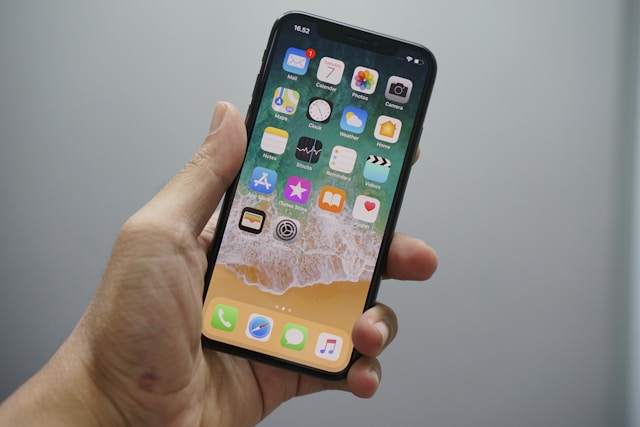


The smartphone race is taking a new turn in 2025. For once, Apple may willingly fall behind in raw performance, as leaks suggest its A19 and A19 Pro chips will prioritize power efficiency and battery life over benchmark dominance.
According to insights from “Fixed Focus Digital” on China’s Weibo platform, Apple is making a calculated decision to optimize energy consumption, potentially allowing Qualcomm’s Snapdragon 8 Elite 2 and MediaTek’s Dimensity 9500 to surpass its chips in raw numbers.
Built on TSMC’s 3rd-gen 3nm N3P process, the A19 Pro is expected to reach over 4,000 points (single-core) and 10,000 (multi-core) on Geekbench. That's a meaningful jump from the A18 Pro, but it may still lag behind the performance ceiling that Qualcomm is pushing toward.
Meanwhile, Samsung is preparing to disrupt the hierarchy. If it achieves sufficient yields on its 2nm chips, the Galaxy S26 series could debut with the Exynos 2600, potentially making it the world’s first commercially available smartphone processor at 2nm — a title that previously always went to Apple.
Though Apple's chips may not run at ultra-high clock speeds, they benefit from a higher Instructions Per Clock (IPC) rating — meaning more work is done per cycle. In real-world tasks, this often translates to smoother performance with better thermal management.
Devices like the expected iPhone 17 Air, rumored to include a relatively small 2800mAh battery, will depend heavily on this efficiency-over-speed strategy.
While Apple’s numbers may look modest on paper, it’s clear the company is focusing on what matters most to everyday users: battery longevity, thermal comfort, and reliable performance.
In 2025, performance may no longer be the sole benchmark — user experience could take the crown.
Source: Al Arabiya Business